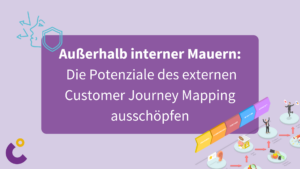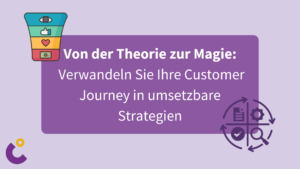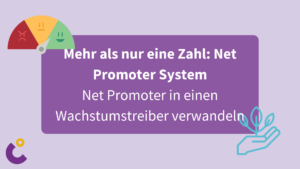
Amy Downs
First Published: April 26, 2016
Building a command center at HQ to save your SaaS in the field is all about aggressive transparency. In a SaaS or PaaS business, maximizing customer lifetime value must always be a top priority. If SaaS’s greatest asset to customers is ease-of-management and adoption, its greatest menace to providers is customer churn. And while it’s tempting to justify this outlook by simply weighing the relative expense of winning new customers against the much-reduced cost of retaining them, we’d be remiss to ignore the dollar value of second-order revenue: the profit that materializes when customers recommend us, participate in case studies, provide us with glowing references, or deploy our service at their next job.
Simultaneously, healthy customers usually add features or expand their user base year over year, so it’s clear that they can have a massive impact on annual recurring revenue (ARR). With customers holding such multifaceted power over the ways in which we grow, it’s critical to have both the visibility into their experience, and the ability to respond to issues on a moment’s notice in order to ensure the overall health of the business.
In other words, we need insight into customers’ engagement with our product – individually and in the context of other customers – if there’s any hope of keeping them happy and renewing. To that end, day-to-day operations at a SaaS company must be literally wrapped with intelligence, where we empower employees with information informing them how systems are performing and with the authority to do whatever it takes to ensure customers realize value each and every day.
Ultimately, everyone in an organization should have an optic over the various states of customer health: the reds, yellows and greens of our customer-obsessed existence. This naturally drives organizational action, prompting discussions among staff around solving problems and increasing happiness and loyalty. With this insight, we can easily build a product that is driven by what customers tell us is important to them now and in the future.
Armed with this data, we’re informed and empowered to deal with the issues right in front of us: an isolated issue will be managed very differently than one plaguing 30 of our top 100 customers. An effective customer command center lets us relate to customers instead of merely collecting their disparate feedback and filing it for future rectification. Best of all, this degree of visibility allows us to act on an issue before it becomes so prevalent that a majority of our customer base goes sour. All levels of the organization, from product to engineering to quality assurance, can get on board and rally to make changes in short order.
Over the course of a relationship, companies come to know and understand their customers. We engage with them on how to get the most value from our solution, ensuring they have a good experience from the very beginning, and most importantly we stick with them for the long haul, making sure they’re getting maximum value. Within the context of revenue, it’s easy to see how single percentage points of retention can lead to exponential millions down the line and it’s the lifetime value of customers that provides big wins in a SaaS based world (I’d argue in any world where there are customers honestly – SaaS or not). General wisdom is that if you grow your business to focus on a long term strategy of putting customers first and realizing that the first sale is just the beginning of your relationship with them, the stratosphere is inevitable.










Lassen Sie uns Kundenorientierung in Ihrem Unternehmen etablieren!
Customer Obsessing Consulting
Hermannstraße 13
20095 Hamburg, Deutschland
Copyright © Customer Obsessing Consulting | Alle Rechte vorbehalten | Datenschutz | Impressum